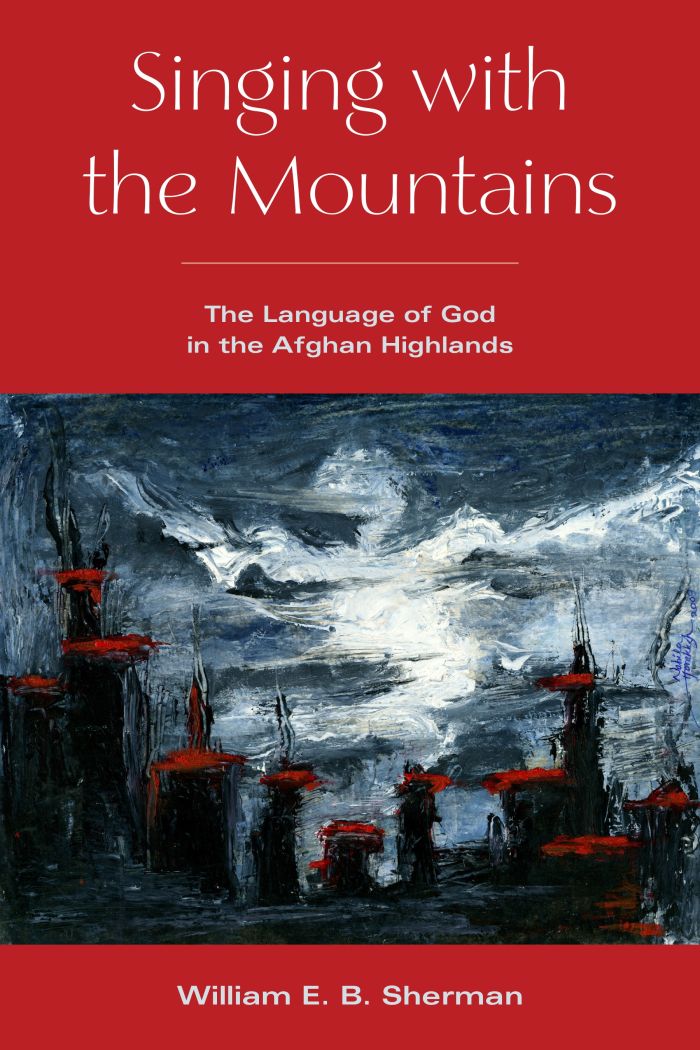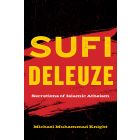Singing with the Mountains
The Language of God in the Afghan Highlands

This book can be opened with

Winner, Carolina's Outstanding Contribution to Middle East and Islamic Studies Book Award
An illuminating story of a Sufi community that sought the revelation of God
In the Afghan highlands of the sixteenth century, the messianic community known as the Roshaniyya not only desired to find God’s word and to abide by it but also attempted to practice God’s word and to develop techniques of language intended to render their own tongues as the organs of continuous revelation. As their critics would contend, however, the Roshaniyya attempted to make language do something that language should not do—infuse the semiotic with the divine. Their story thus ends in a tower of skulls, the proliferation of heresiographies that detailed the sins of the Roshaniyya, and new formations of “Afghan” identity.
In Singing with the Mountains, William E. B. Sherman finds something extraordinary about the Roshaniyya, not least because the first known literary use of vernacular Pashto occurs in an eclectic, Roshani imitation of the Qur’an. The story of the Roshaniyya exemplifies a religious culture of linguistic experimentation. In the example of the Roshaniyya, we discover a set of questions and anxieties about the capacities of language that pervaded Sufi orders, imperial courts, groups of wandering ascetics, and scholastic networks throughout Central and South Asia.
In telling this tale, Sherman asks the following questions: How can we make language shimmer with divine truth? How can letters grant sovereign power and form new “ethnic” identities and ways of belonging? How can rhyme bend our conceptions of time so that the prophetic past comes to inhabit the now of our collective moment? By analyzing the ways in which the Roshaniyya answered these types of questions—and the ways in which their answers were eventually rejected as heresies—this book offers new insight into the imaginations of religious actors in the late medieval and early modern Persianate worlds.
Singing with the Mountains is highly valuable for those of us interested in the complex and multiple regional histories of Islam, especially those marginalized “heterodox” groups and local traditions that are so often left out of the popular imaginary of Islam as an unbroken monolith. Sherman’s achievement here is substantial and exciting.—Michael Muhammad Knight, author of Sufi Deleuze: Secretions of Islamic Atheism
By entering the inner world of the 'illuminated ones', William E.B. Sherman's Singing with the Mountains: The Language of God in the Afghan Highlands paints a numinous picture of a land whose history and faith remain poorly understood.—History Today, 2024 Books of the Year
Preface: First Words | vii
Acknowledgments | xi
Mountains and Messiahs: An Introduction | 1
1 Bayazid’s Doubles: Hagiography and History in the Messianic Community | 29
2 The Dhikr of the Wretch: Text, Practice, and the Roshani Self | 62
3 Revelation through Repetition: The Roshaniyya Write the Word of God | 90
4 Vernacular Apocalypse: Poetic and Polemical Emergences of Pashto Literature | 118
5 The Vanguard of Disbelief: Afghan Ethnicity and Temporality after the Roshaniyya | 151
Ishmael’s Daydream: A Conclusion | 180
A Note on Sources | 189
Notes | 193
Bibliography | 227
Index | 253



